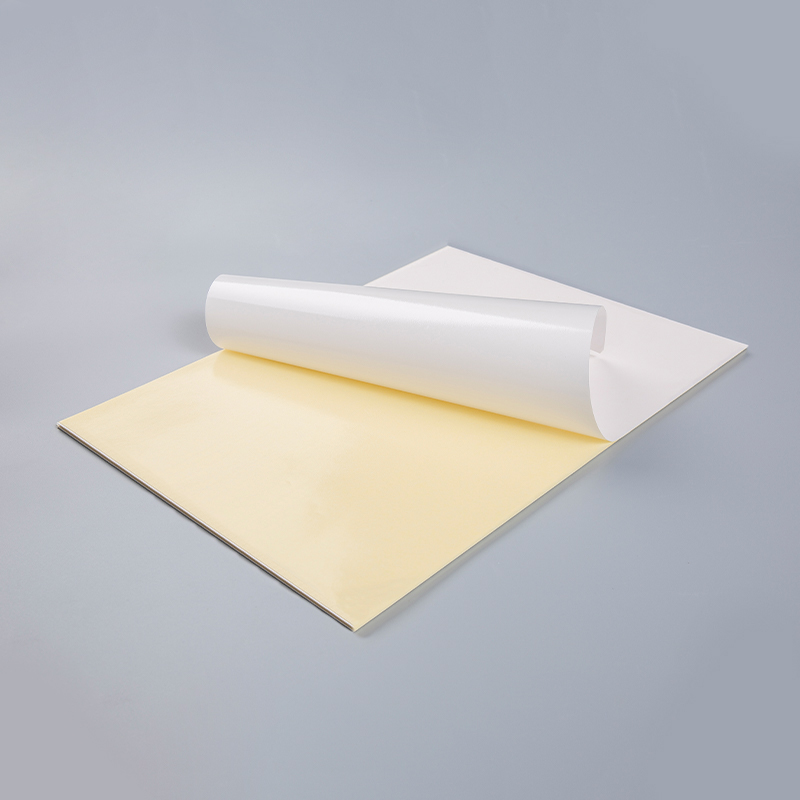Optimizing the drying process for cast-coated paper in high-speed printing is crucial to maintaining print quality and avoiding issues like smudging or insufficient ink curing. Here are several ways to improve the drying process:
UV or LED Curing Systems
UV Inks: Using ultraviolet (UV) inks that cure instantly when exposed to UV light can be highly effective on cast-coated paper. UV curing allows the ink to dry quickly on the glossy surface, preventing smudging.
LED Curing: LED curing systems are an energy-efficient alternative to traditional UV curing, offering faster drying times and lower heat generation, which is beneficial for sensitive cast-coated paper surfaces.
Adjusting Ink Formulation
Low-VOC Inks: Using fast-drying low-VOC (Volatile Organic Compound) inks, which evaporate quicker, can reduce drying time.
Fast-Drying Additives: Some inks include additives that accelerate the drying process, helping to speed up curing and prevent smudging.
Optimizing Print Speed
Lowering Print Speed: Slowing down the printing press slightly can allow for better ink adhesion and more time for the drying process, ensuring that the ink cures thoroughly.
Layering Control: If the press prints multiple layers of ink, reducing the amount of ink per layer can also help prevent over-saturation and allow each layer to dry before the next is applied.
Heating Systems
Infrared Drying: Infrared dryers can help heat the surface of the cast-coated paper quickly, accelerating the evaporation of the solvents in conventional inks.
Hot Air Drying: High-speed presses can use hot air drying systems to increase evaporation rates, particularly when using solvent-based inks. The heated air helps to cure the ink faster without damaging the paper.

Optimizing Paper Handling
Cooling Units: Implementing cooling systems after the printing station ensures that the ink sets properly before the paper continues down the production line.
Static Control: The smoothness of cast-coated paper can lead to static buildup, which may impede drying. Using static control bars or ionizing units can prevent paper sticking together and allow for consistent drying.
Ink Transfer Optimization
Proper Ink Transfer: Ensuring proper ink transfer to the paper is essential. Inadequate ink transfer can result in slower drying because the ink isn’t adhering properly. Adjusting pressure settings, roller settings, and blanket settings can optimize the ink transfer.
Post-Printing Coatings
Overprint Coatings: Applying a coating immediately after printing, such as an aqueous or UV overprint varnish, can help lock in the ink and speed up the curing process. These coatings can also add an additional layer of protection against smudging or abrasion.
Varnishing or Lamination: Using spot varnishing or full-lamination techniques helps to enhance both drying and durability, especially for projects requiring extra protection.
Environmental Control
Controlled Humidity: Maintaining a stable temperature and humidity in the printing area can prevent issues like ink smudging or poor adhesion. Excess moisture can delay drying, while low humidity can cause static and ink issues.
Airflow: Good ventilation and airflow in the print area can help disperse moisture and speed up the drying process.
By integrating these techniques, you can optimize the drying process for cast-coated paper in high-speed printing, ensuring high-quality, smudge-free results.

 English
English Español
Español русский
русский











